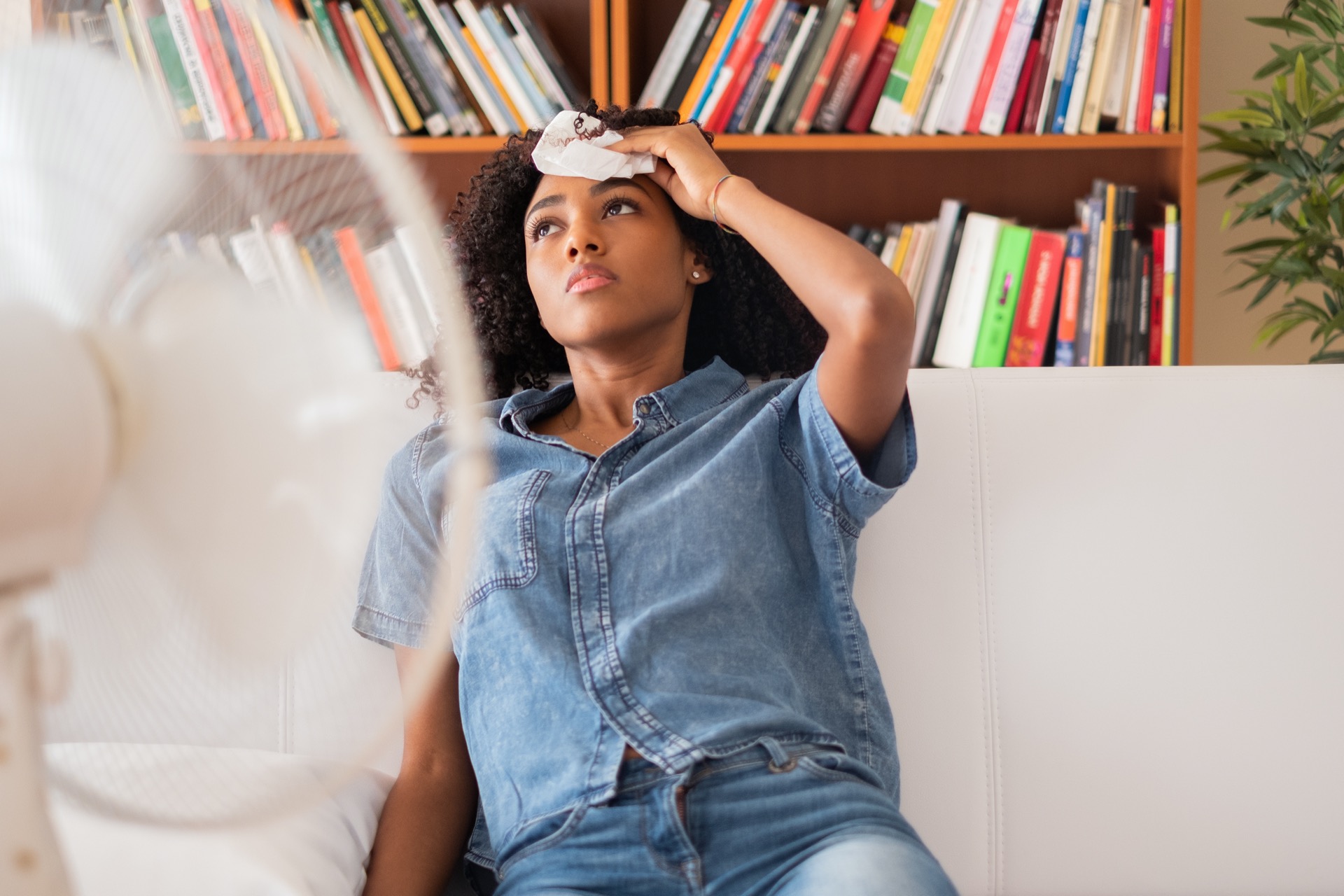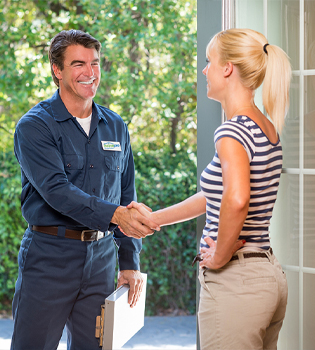
Uneven cooling in a home can be frustrating, especially during the peak of summer. It often leads to situations where one room feels like a sauna while another is perfectly comfortable. The primary reasons for this are usually poor insulation, obstructed vents, or an HVAC system that’s not properly balanced.
Insulation plays a crucial role in maintaining an even temperature throughout your home. Rooms with inadequate insulation are more likely to experience temperature fluctuations. Checking and improving the insulation in affected areas can significantly reduce these temperature imbalances. Visit this air conditioning URL to learn more.
Understanding Room Temperature Discrepancies
Factors Contributing to Uneven Cooling
Several factors can cause some rooms to be hotter than others. Poor airflow from HVAC systems can lead to uneven temperature distribution. Blocked vents, dirty filters, and improperly sized units can exacerbate this issue.
Windows and doors also affect cooling. Rooms with large windows or those facing the sun tend to heat up more quickly. Additionally, room location plays a role; upper floors often experience more heat due to rising warm air.
The Role of Home Insulation
Home insulation significantly influences room temperatures. Insufficient insulation allows heat to penetrate during the summer, raising indoor temperatures. Insulation in walls, attics, and floors should be adequate to prevent this.
Sealing gaps and cracks around windows and doors also improves cooling efficiency. Using weather stripping and caulking can help maintain desired temperatures. High-quality insulation materials provide better thermal resistance, which is crucial for consistent cooling.
Impact of Appliance and Electronics Heat Generation
Appliances and electronics generate heat, affecting room temperatures. Devices like refrigerators, ovens, and computers emit heat during operation. Concentrations of these devices in specific rooms can make those areas warmer.
Reducing usage of heat-generating appliances, especially during peak hours, helps manage indoor temperatures. Consider relocating electronics to well-ventilated areas. Additionally, turning off devices when not in use can alleviate heat buildup.
Maintaining a balanced indoor temperature involves addressing these factors, ensuring improved comfort and energy efficiency in living spaces.
Assessment Methods
Evaluating uneven cooling in a home can be effectively accomplished through a combination of thermal imaging techniques and air flow analysis. These methods identify temperature discrepancies and inefficiencies in air distribution to guide corrective measures.
Thermal Imaging Techniques
Thermal imaging uses infrared cameras to capture heat distribution within a room. This tool highlights temperature variations on surfaces, indicating potential issues with insulation or air leaks. Professionals can identify cold spots, which often correspond to drafts or areas lacking proper insulation.
A thermographic scan can reveal hidden problems in walls, ceilings, and floors. Effective for both residential and commercial properties, thermal imaging ensures a detailed and unobtrusive assessment, providing a visual representation of problem areas that can guide targeted repairs.
Air Flow Analysis
Air flow analysis measures the movement and quality of air in different parts of a building. Specialists use tools like anemometers and smoke pencils to detect and visualize air flow patterns. This process helps identify rooms with restricted airflow or faulty HVAC components.
By assessing ventilation ducts, fans, and registers, they can pinpoint blockages, leaks, or imbalances in the system. Proper air flow analysis ensures every room receives adequate and consistent air supply, enhancing overall comfort and energy efficiency.
Professionals might also use pressure mapping to understand how the air pressure differences between rooms can contribute to uneven cooling. This comprehensive assessment helps in diagnosing and fixing air distribution issues effectively.
Solutions for Temperature Regulation
Addressing uneven cooling requires strategies to improve air circulation, install zoning systems with smart thermostats, and upgrade insulation while sealing leaks effectively.
Improving Air Circulation
Proper air circulation can significantly impact temperature regulation. We suggest using ceiling fans and portable fans to evenly distribute air within a room. Adjusting vents and registers can also help control airflow, ensuring cooler air reaches hotter areas.
Maintaining clean air filters in HVAC systems enhances airflow and reduces strain on the system. Furniture placement should allow unobstructed air movement, avoiding blockage of vents by items like sofas or curtains. Ensuring doors and windows are closed during cooling can prevent loss of conditioned air.

Zoning Systems and Smart Thermostats
Zoning systems allow for individualized temperature control in different areas of the home. Each zone has a thermostat, enabling focused cooling where needed. Smart thermostats further enhance this by learning the household’s patterns and adjusting temperatures automatically.
Installing motorized dampers in ductwork can direct airflow more efficiently. Programmable thermostats can be set to adjust temperatures throughout the day, optimizing comfort and energy savings. Remote access provided by smart thermostats allows adjustments even when away from home.
Upgrading Insulation and Sealing Leaks
Improving the insulation in walls, attics, and floors can retain cool air longer. We suggest assessing current insulation and upgrading to materials with higher R-values, which measure thermal resistance. Insulation helps maintain stable temperatures, reducing the workload on cooling systems.
Sealing leaks in ductwork and around windows and doors prevents the escape of cooled air. Use weather stripping and caulking to close gaps and cracks. Ensuring a tight building envelope keeps conditioned air inside, thus improving temperature regulation and energy efficiency.
Maintenance Tips for Consistent Indoor Climate
Regular maintenance of HVAC systems can prevent uneven cooling. This involves cleaning or replacing air filters every 1-3 months. Dirty filters restrict airflow, causing rooms to heat unevenly.
- Ensure vents and registers are not blocked by furniture or curtains. This allows for proper air circulation throughout the home.
- Professional HVAC inspections should be scheduled annually. Technicians can identify and fix issues like duct leaks or faulty components.
- A programmable thermostat can help maintain a consistent indoor climate. Set different temperatures for different times of the day to ensure efficiency.
- Regularly check and clean the outdoor unit. Debris can block airflow and reduce the unit’s efficiency.
- Sealing windows and doors reduces the amount of outside air entering the home. Weatherstripping and caulking are simple and effective methods.
- Use ceiling fans to enhance air circulation. This can help distribute the cooled air more evenly across rooms.
- Keep an eye on humidity levels. Dehumidifiers can be beneficial in maintaining a comfortable environment, especially in humid climates.
Contact Housepro if you want tips and fixes for the uneven distribution of heat within the rooms of your home.

